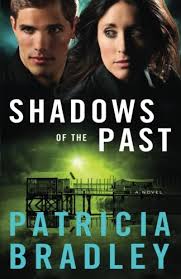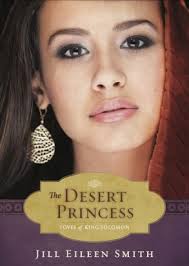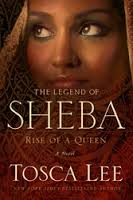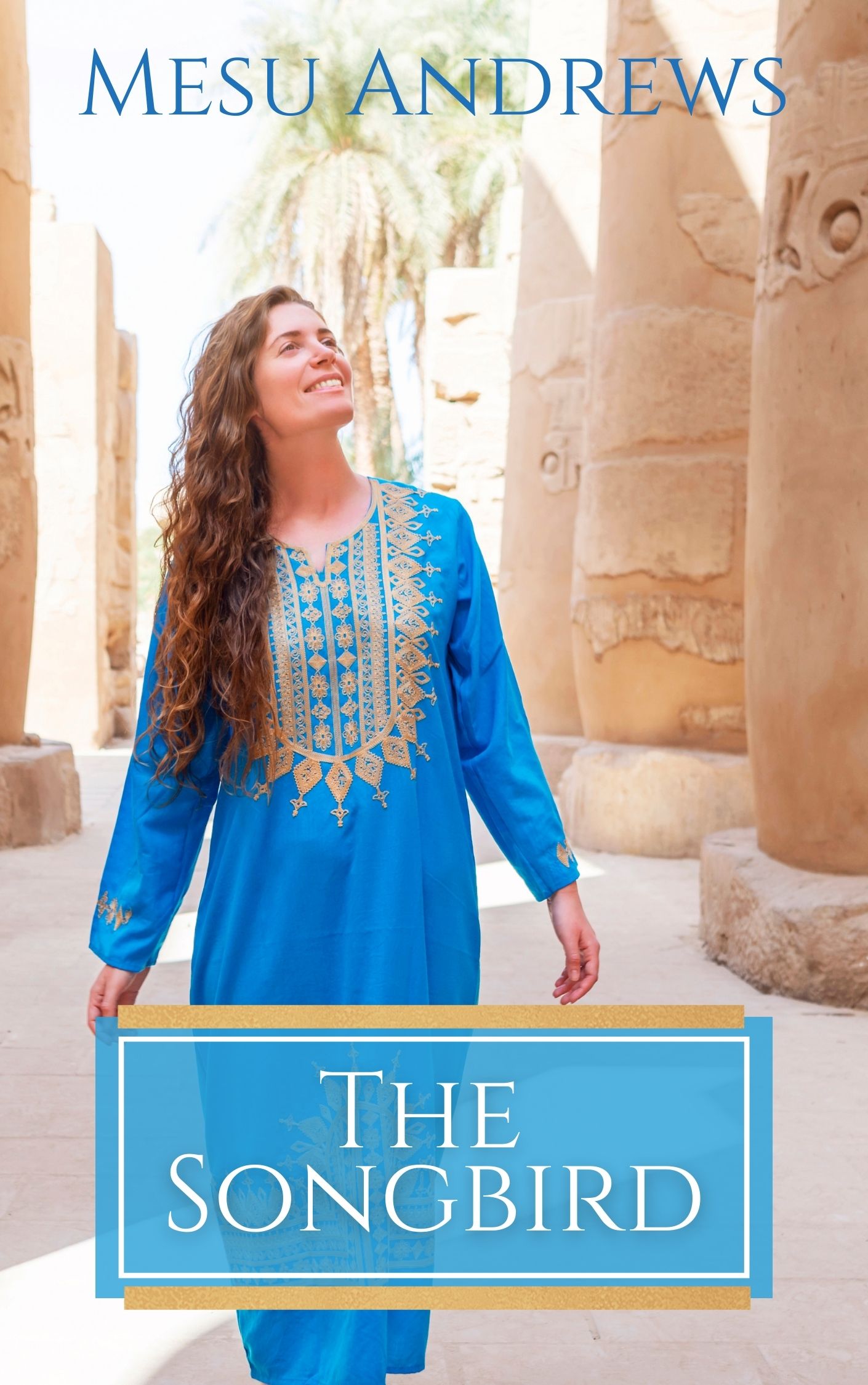 If you were an author…
If you were an author…
…(And I know some of my readers are) how would you write your books?
My friend, Tosca Lee, asked me to participate in a Writing Process Blog Hop in which each author on the hop answers four quick questions about how they put together their stories.
Here are my answers:
What are you writing right now?
I’m writing The Pharaoh’s Daughter, scheduled to release in March 2015.
Moses’ Story Begins With Anippe…Scarred by memories of her mother’s death during childbirth, Anippe is terrified to give her husband Sebak the son he wants and deserves. When the Pharaoh orders Hebrew males murdered at birth, Anippe rescues a baby from the Nile, believing the gods have answered her prayers for a son. But could her handsome boy rule Egypt one day? Or will someone hear the Hebrews call him Moses and destroy everything Anippe holds dear?
How does your writing differ from others in your genre?
I love to take the lesser-known women of the Bible and dig into the broad spectrum of biblical, historical, and archaeological research of the era and culture. Biblical women whose names don’t appear in Scripture are especially intriguing to me: Job’s wife, Solomon’s Beloved in his Song of Songs, and Pharaoh’s Daughter. Their stories are as elusive as their names, hidden amid conflicting opinions of biblical experts, Jewish historians, and for my current manuscript…Egyptologists. It’s fascinating to gather all the possibilities and find that golden thread of a story that makes Scripture’s TRUTHS come alive.
Why do you write what you do?
I began seriously studying God’s Word back in 1989 when my kids were little. After a full day of diapers and Sesame Street, I needed something to fill my heart and mind with “big people concepts.” At the same time, I began searching for a deeper relationship with Jesus, asking questions about Scripture and its meaning. As I delved into God’s Word, I realized I needed to know more about the culture, context, and people in Bible stories. Who wrote those sixty-six books? To whom were they written? And why did it matter to me?
The lessons I learned were astounding, so I began writing devotionals and Bible studies and teaching. But most folks weren’t all that interested in the lessons of a stay-at-home mom/pastor’s wife in Indiana. They DID, however, want to read stories. We all love stories, don’t we? And the Bible is full of them. When a dear friend reminded me that the greatest Teacher that walked the earth used parables (stories) to teach His disciples, my new focus became biblical novels…and I love what I do!
How does my writing process work?
When seeking the Lord’s guidance on what stories to write next, I begin reading big chunks of my Chronological Bible. Reading whole books at a single sitting helps give a broader picture of God’s work in history over time. After I’ve been contracted for a specific story, I read ALL the passages of Scripture associated with that story…repeatedly. For Love’s Sacred Song, I read Solomon’s Song of Songs (all 8 chapters) every day for a year before I ever started writing the novel. After I’m sure I have a solid grip on Scripture’s scope, I begin the historical and archaeological research—both onsite at an academic library (my hubby is the Dean of Multnomah Biblical Seminary) and through online databases and websites. My research process usually takes 2-4 months before I begin the writing process.
My writing process has morphed since my first novel. Since I’ve never been formally trained in creative writing, the Lord has had to train me through piecemeal writers’ workshops and trial-and-error. I’ve discovered a great template for the plot from Jeff Gerke’s book, Plot Versus Character: A Balanced Approach to Writing Great Fiction. With my first book, Love’s Sacred Song (first book I wrote, second book published), I followed Scripture without any other outline. With In the Shadow of Jezebel, I outlined every chapter before I started writing the book.
Maybe after I’ve written ten or twenty books, I’ll figure out which system I like best!
Who is next on the hop?
My Revell buddy, Patricia Bradley!
You’ll be able to see her post (and writing processes) on Monday, August 11th.
More Writing Processes:
If you’d like to check out how two of my favorite biblical fiction buddies write their books, CLICK ON THE COVERS BELOW:






Comments 4
So much more to the process of writing what we almost take for granted as we read page after page, anticipating the next. How you do what you do so we can enjoy – even more than enjoy the stories, not realizing what we have read dozens of times before has THIS STORY embedded in the pages. Thanks for digging…researching so we can depend on the possibility and reality of the story. It makes it so exciting…and anticipation for the next one. We don’t realize the time you take to bring to us reliable truths and delightful stories.
The digging and research and writing is truly a labor of love…love for The Lord and a passion for His people to experience His Word in the foulness of the context in which it was lived out. I’m so blessed, honored, thrilled to do what I do. And so thankful for the folks who enjoy reading what I write!!!! 😉
Hello Mrs. Mesu! 🙂 I have read two of your books and enjoyed them quite a lot! I have really enjoyed reading how the publishing process works! I am trying to write a book myself, and I was wondering, about how many pages do you aim for when typing on Microsoft Word per chapter? Thanks!
Hi, Lanie!
I usually shoot for 8-10 pages per chapter, and I like to break up each chapter with two sections…each one a different POV. Sometimes a chapter will vary in length (6pages or 12), but it’s the exception rather than the rule. I also try to vary my character POV’s so I don’t have my heroine speaking/thinking for three straight chapters without any internal action from the hero. We have to balance the thought life from both POV characters to have a balanced story. 😉